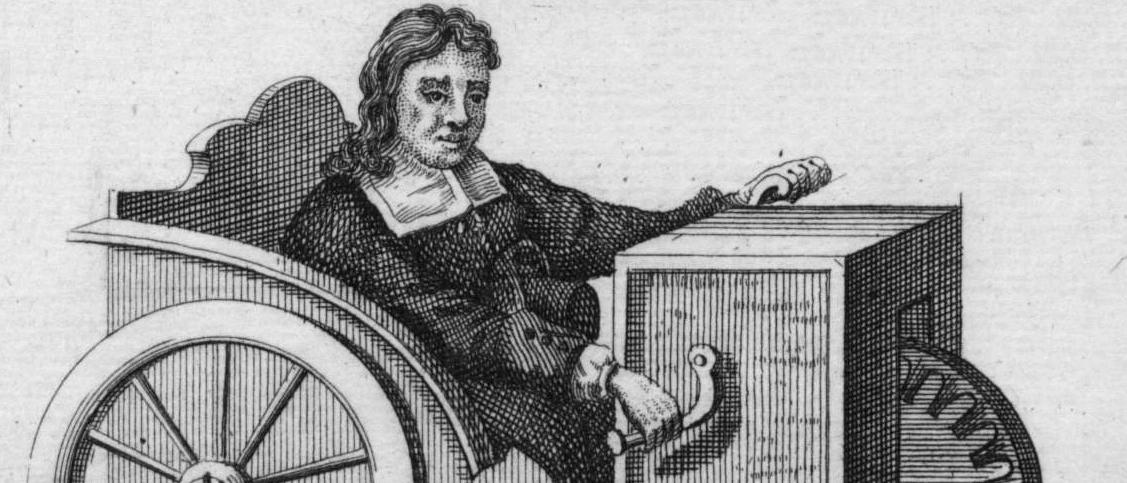
The Mobility Unlimited Challenge was established to transform personal mobility specifically for people with lower limb paralysis. We believe that mobility is freedom - and fundamental to our independence.
As we start imagining all the new possibilities of mobility solutions - whether a device, exoskeleton or something not yet created, we look back on the history behind what is arguably the most successful mobility device in history - the wheelchair.
The wheelchair is a device that we’re all familiar with. It’s used by millions of people around the world with paralysis, broken legs, chronic pain, fatigue and more. The history of the wheelchair shows us the power of innovation and collaboration between disabled people and innovators (both disabled and not disabled) and how this is important for creating the most effective advancements. But it also shows us how frustratingly slow the rate of change and innovation can be.
A History
-
While both chairs and wheels have been around of thousands of years, the Ancient Greeks and the Chinese were the first ones to think of combining the two. Ancient Greeks are well known for their chariots, and records show that they used wheeled beds to transport people unable to walk. In China, wheelchairs have been in use since roughly 525 AD.
-
King Philip II of Spain, who reigned from 1527-1595, used a custom-built wheelchair with arm and foot rests. However he had to be pushed and couldn’t propel himself.
-
In Germany in 1665, Stephen Farfler, who was a paraplegic watchmaker, built a wheelchair with three wheels and a hand crank on the front wheels, meaning that that users could move themselves without assistance.
-
The X frame, very similar to models still in use today, was invented by two engineer friends, Herbert Everest and Harry Jennings, who was disabled. They built it in 1933, because they wanted a chair that could be folded and fit in a car.
-
Canadian George Klein and his team are considered to have invented the first motorized wheelchair. He developed it in the 1950s to help World War II veterans.
We live in an age of unprecedented technological change and innovation - the world around us is being transformed, and intelligent systems are helping us move into a new era of mobility development.
So, what will the wheelchair look like in the future? Will we still use them? What does the future of mobility hold? The Mobility Unlimited Challenge has been developed to find an answer to these questions.
We want to harness the creative thinking from across the globe to accelerate innovation and encourage collaboration with end-users. We want to help people with new ideas create devices that integrate seamlessly into users’ lives and environments, meaning they can be more independent and have increased participation in daily life.
We know that the greatest minds of our time will have life-changing ideas for personal mobility devices. Our Challenge looks to support radical improvements in the mobility and independence through smarter assistive technology and intelligent systems, and change the lives of people with lower-limb paralysis forever. We can’t wait to see what the future solutions are.
If you have a great idea for a mobility solution - whether a device, exoskeleton, wheelchair or something not yet created, we want to hear from you!
You can apply here. Applications close on the 15th August, 23.59 GMT.

